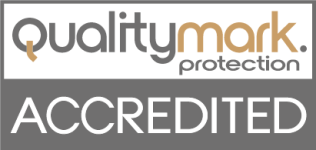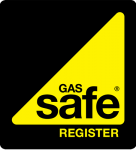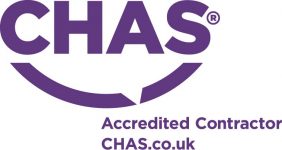Light bulbs have come a long way since the first patent was introduced in 1841. Early examples were made with platinum, and were far too expensive for most people. These days, we have many different types and styles to choose from, and designs are evolving all the time.
With lighting responsible for nearly 20% of your energy bill, you want to make sure you’re getting value for money. Let’s have a look at how energy efficient lighting can light up your life.
The first energy saving bulbs were called CFL bulbs – compact fluorescent light bulbs. Ticking the box for greener and more renewable energy, they’ve been around since 1980, and were intended as a replacement for standard incandescent bulbs, which were being phased out by the government. Available in some really funky designs, the most popular was called Helical Integrated, which featured two small fluorescent tubes swirling around each other. It originated in China in 1995, and really put CFL bulbs on the map.
Unfortunately, CFL bulbs, particularly the early models, were not especially popular. Despite their fun appearance, they needed time to warm up and reach maximum brightness. Manufacturers did their best to trumpet the CFL bulb’s green credentials, significantly longer life, and the fact they were five times more efficient than the old incandescent bulbs, but the public remained dissatisfied. The CFLs were dimmer, and did not cope well with being flicked on and off for less than five minutes, so were no good for popping in to a garage to grab a screwdriver, or nipping to the bathroom. They also could not cope with being used with a dimmer switch. In some shops, they were ten times more expensive than an incandescent bulb, and that counteracted any of the money saving they were doing.
In 1962, a scientist at General Electric in America was trying to create a laser, but something went wrong, and he accidentally invented the LED – Light Emitting Diode – instead. This happy accident led to a bright bulb which was in use in many traffic lights by the 1980s. Someone then had the bright idea of developing the LED bulb for domestic use, and so it was that the LED bulb came to the market. Ten times brighter than the halogen bulb, and up to 70% more energy efficient, the public loved them.
With savings like that to be made, surely this blog post is your lightbulb moment when it comes to changing?








